GPCR/G protein

All GPCRs share a common seven trans-membrane structure. GPCRs are associated with heterotrimeric G-proteins which are GTP-binding proteins made of alpha, beta, and gamma subunits. When a ligand binds to GPCR, it activates the attached G-protein, the GDP is replaced with GTP. The activated G-protein then dissociates into an alpha and a beta-gamma complex which activates downstream signaling pathways. These intracellular signaling pathways include cAMP/PKA, calcium/NFAT, phospholipase C, protein tyrosine kinases, MAP kinases, PI-3-kinase, nitric oxide/cGMP, Rho, and JAK/STAT.
GPCRs are one of the most important therapeutic targets for various diseases, over 30% of all modern medicinal drugs target this family. Aberrant GPCR functions are involved in pathological conditions such as neurological, immunological and hormonal disorders. A large number of GPCRs have been identified, but whose ligands are not known, are classified as orphan receptors.
-
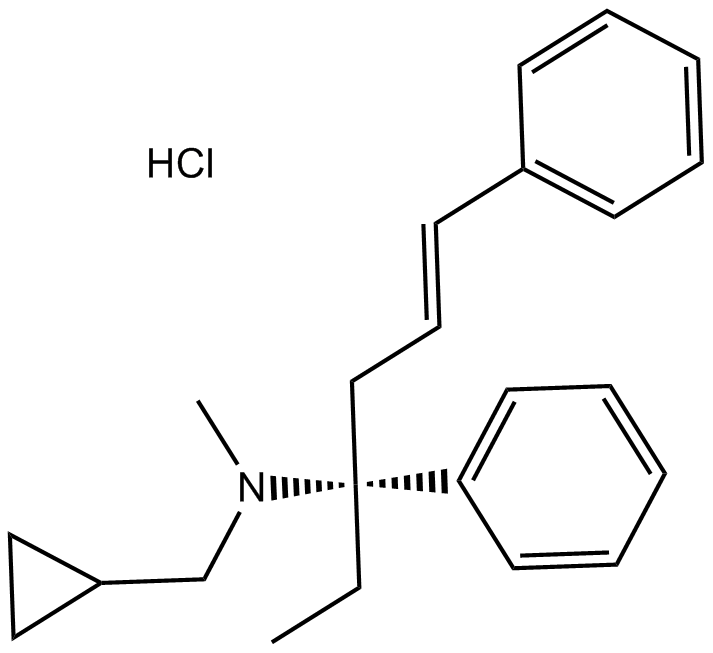 B5294 (+)-Igmesine hydrochlorideSummary: σ1 receptor ligand
B5294 (+)-Igmesine hydrochlorideSummary: σ1 receptor ligand -
 B5778 SA 4503 dihydrochlorideSummary: σ1 receptor agonist
B5778 SA 4503 dihydrochlorideSummary: σ1 receptor agonist -
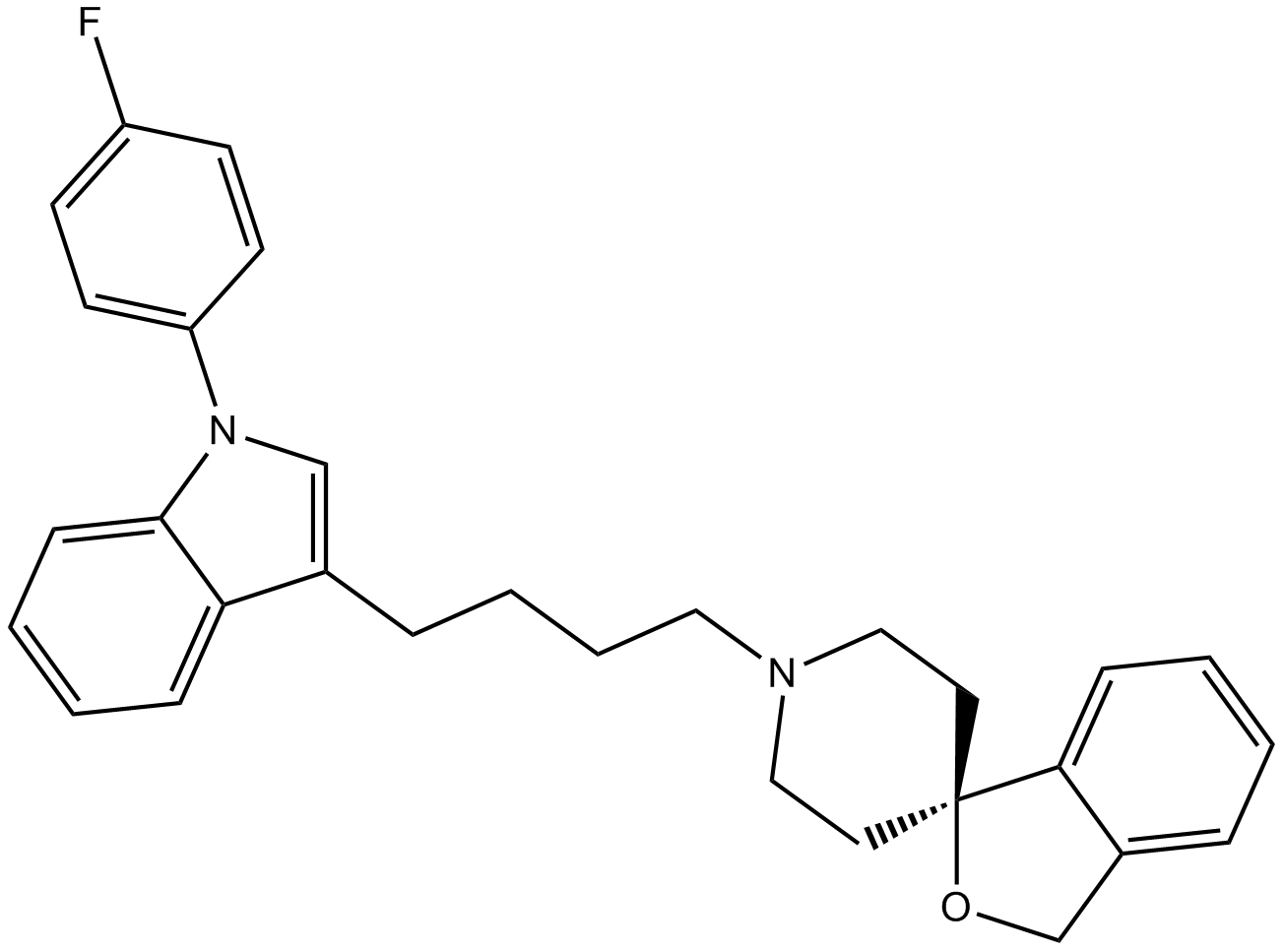 B1297 SiramesineSummary: Sigma (σ) receptor agonist
B1297 SiramesineSummary: Sigma (σ) receptor agonist -
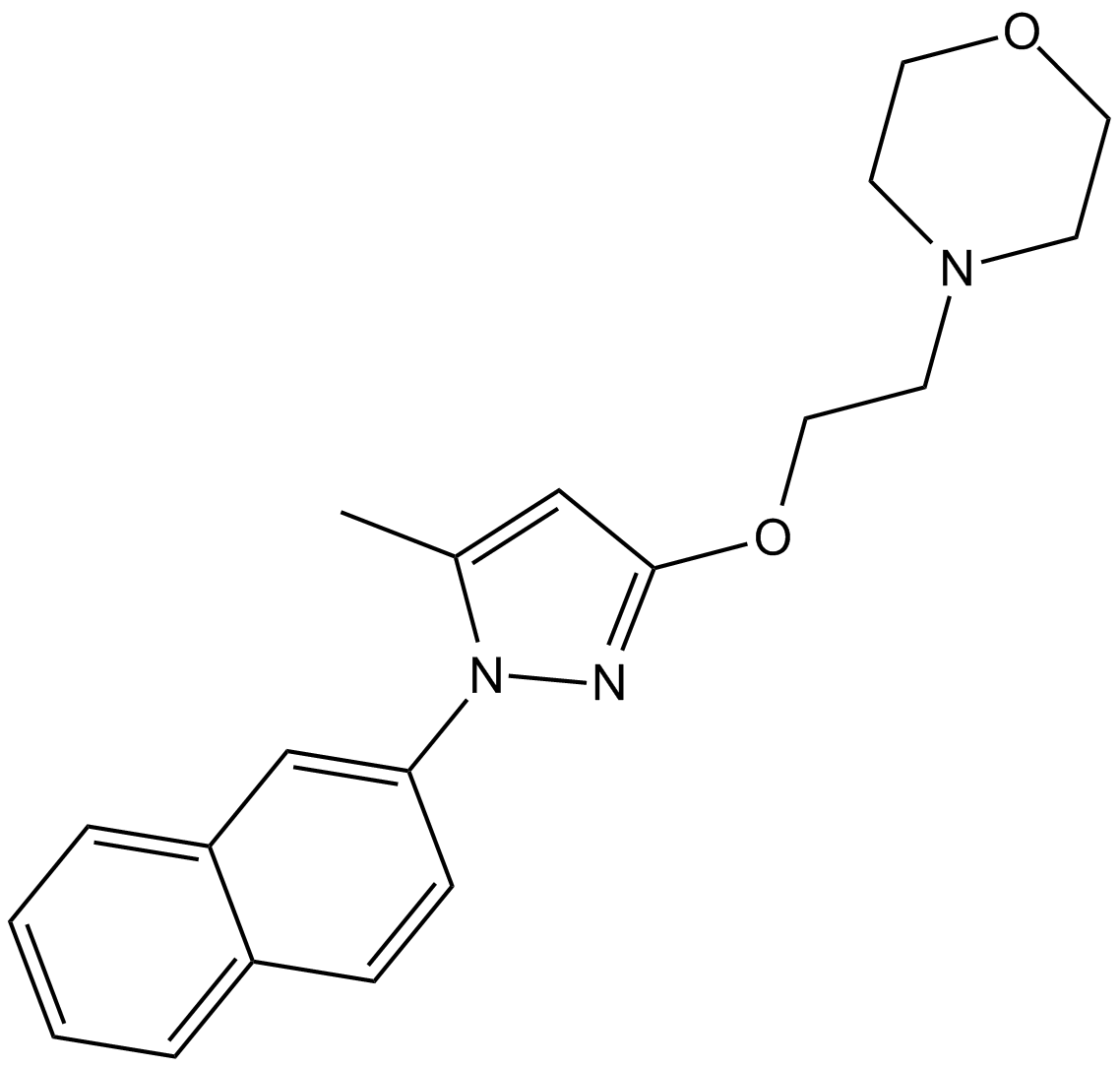 B1179 S1RASummary: σ1R antagonist
B1179 S1RASummary: σ1R antagonist -
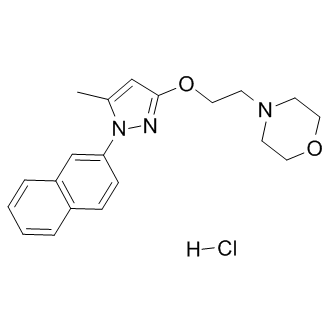 B1180 S1RA hydrochlorideSummary: σ1R antagonist
B1180 S1RA hydrochlorideSummary: σ1R antagonist -
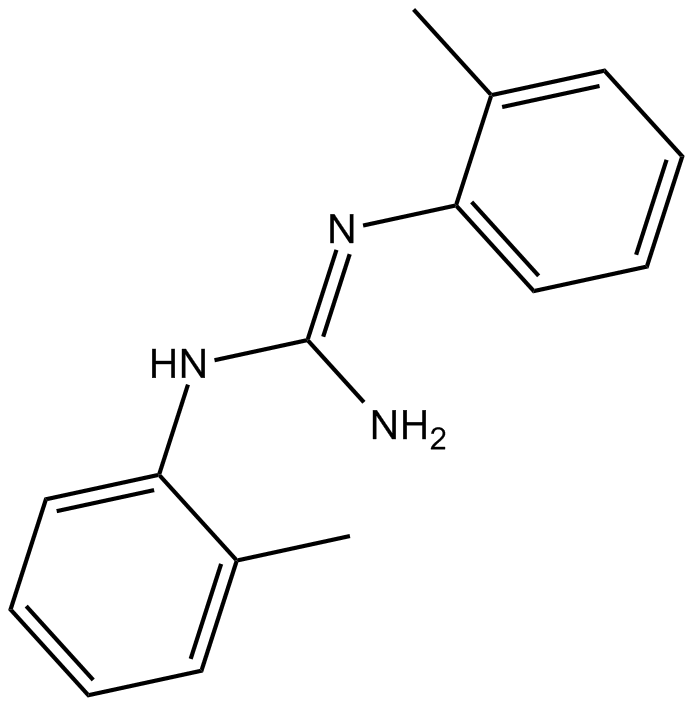 B6469 DTGSummary: sigma receptor agonist
B6469 DTGSummary: sigma receptor agonist -
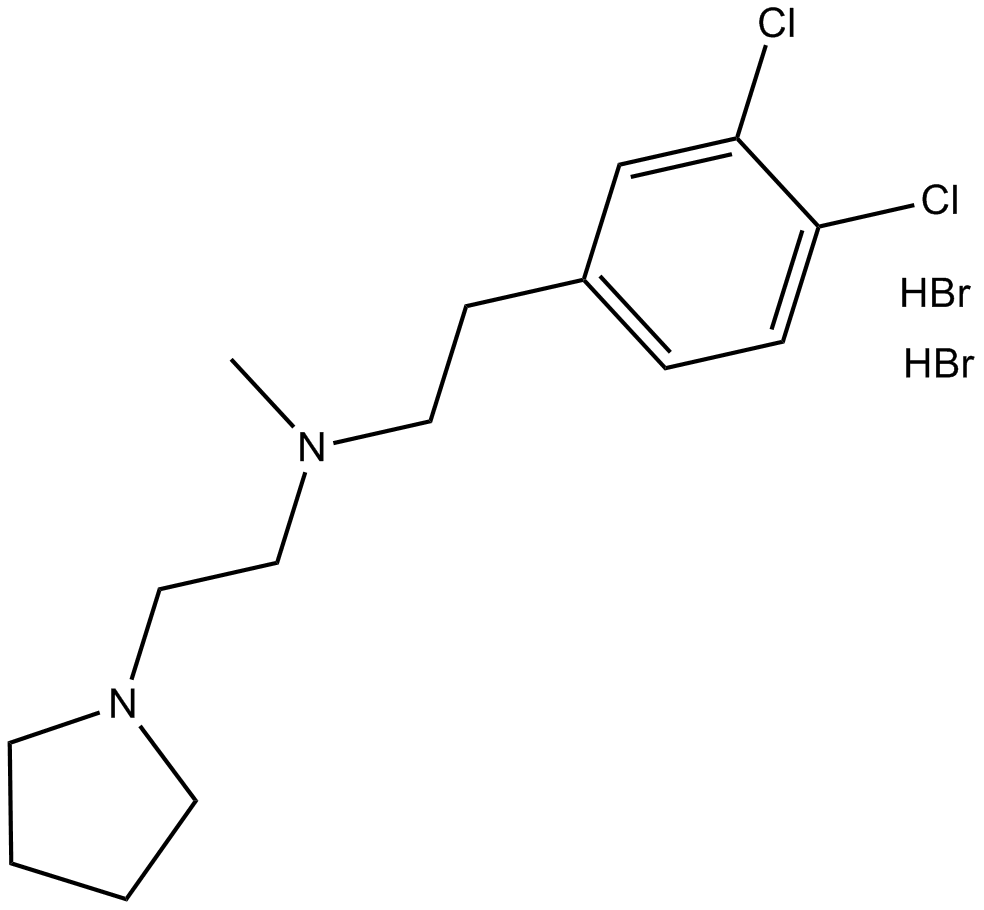 B6330 BD 1008 dihydrobromideSummary: δ1-receptor antagonist,potent and selective
B6330 BD 1008 dihydrobromideSummary: δ1-receptor antagonist,potent and selective -
 B6364 PRE-084 hydrochloride1 CitationTarget: Sigma ReceptorsSummary: selective σ1 receptor agonist
B6364 PRE-084 hydrochloride1 CitationTarget: Sigma ReceptorsSummary: selective σ1 receptor agonist -
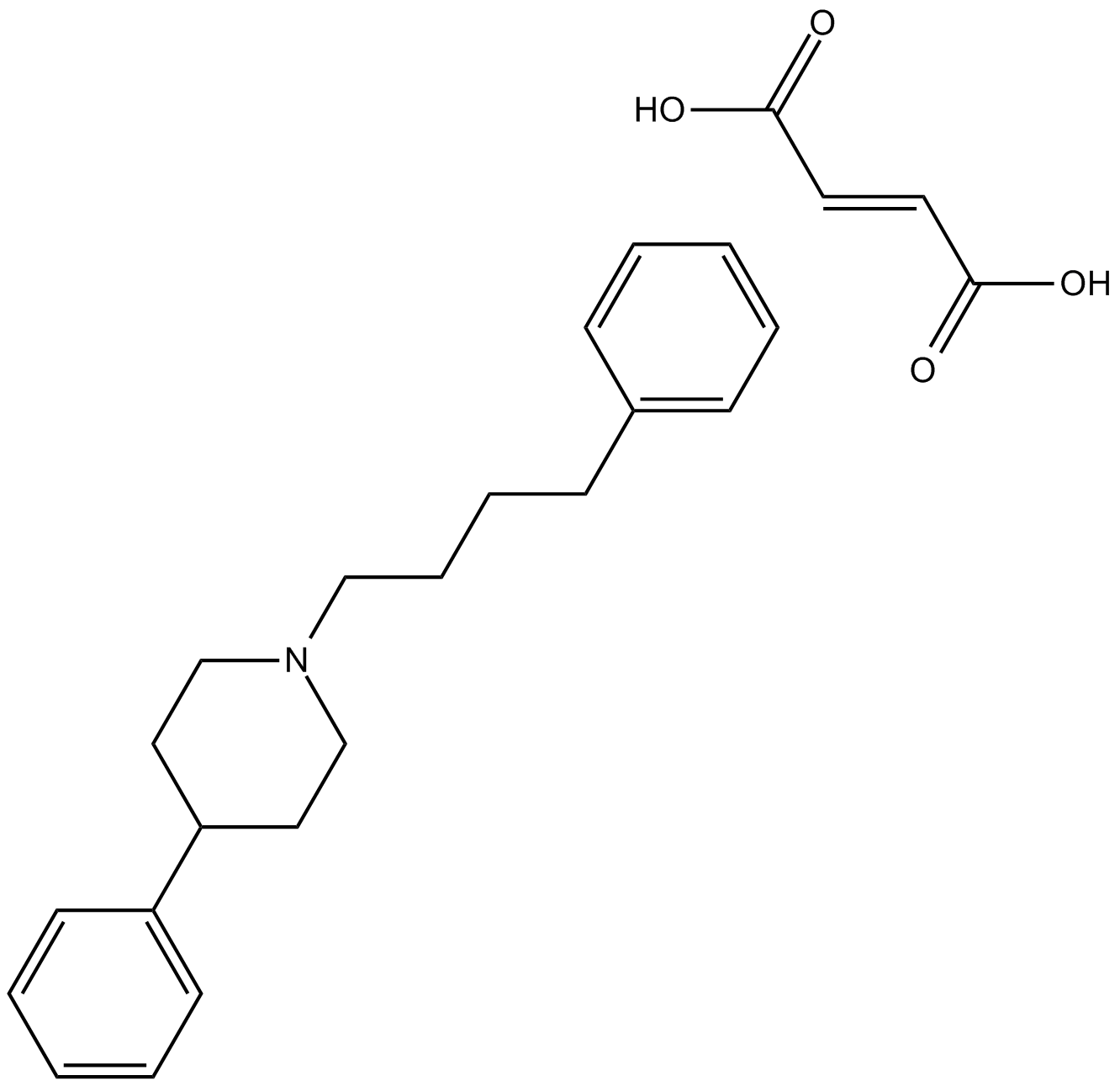 B6379 4-PPBP maleateSummary: σ ligand and NR1a/2B NMDA receptors antagonist
B6379 4-PPBP maleateSummary: σ ligand and NR1a/2B NMDA receptors antagonist -
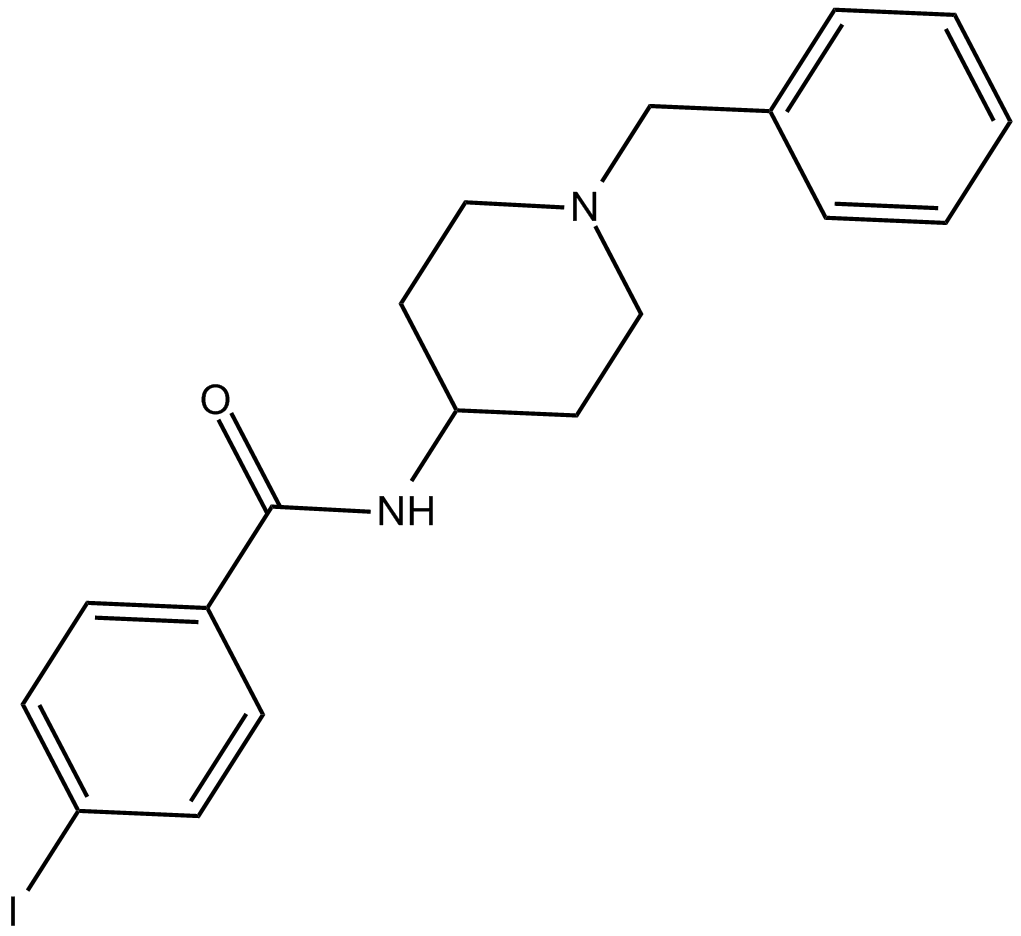 B6433 4-IBPSummary: σ1 agonist
B6433 4-IBPSummary: σ1 agonist

